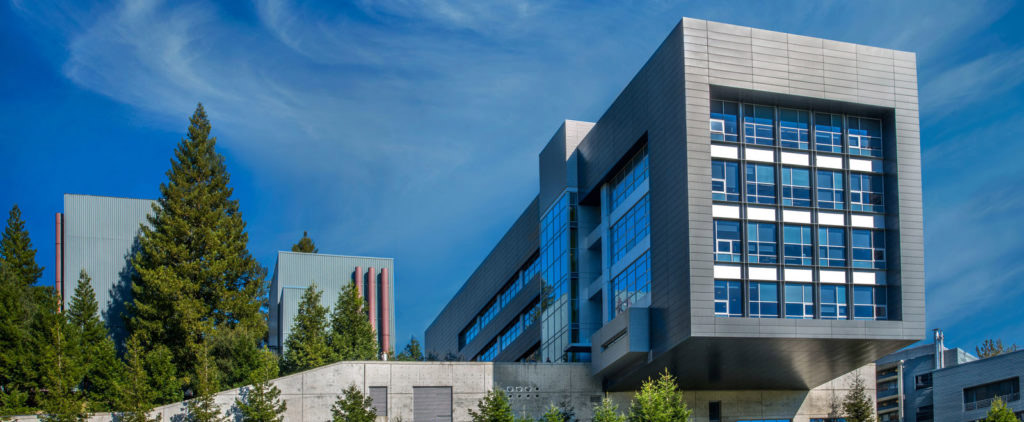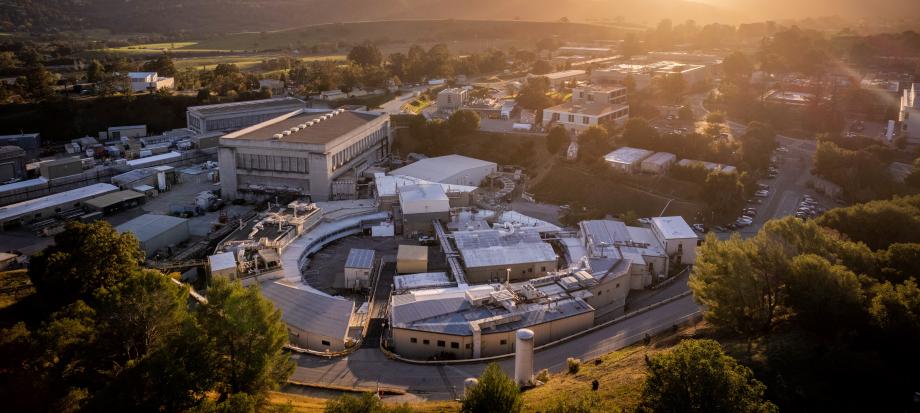Facilities and Equipment
NCEM, Berkeley Lab¶

The National Center for Electron Microscopy, established in 1983 and integrated into the Molecular Foundry in 2014, is a leading facility for advanced electron microscopy of materials, offering world-class instrumentation and expertise. NCEM’s capabilities include double-aberration corrected microscopes (TEAM 0.5 and TEAM I) developed through the pioneering TEAM project, which incorporated the latest advancements in electron optics, detectors, and computational analysis methods. The facility supports a wide range of modern techniques, including 4DSTEM, STEM-EELS, XEDS, AET, and in situ TEM. These methods allow for comprehensive structural, chemical, and electronic characterization at the atomic scale. NCEM’s research focuses on understanding the relationships between microstructural and microchemical features and materials properties, developing novel microscopy techniques, and advancing our understanding of defects, phase transformations, nanostructures, interfaces, and microelectronic materials, while also training the next generation of electron microscopy scientists.
SNSF, Stanford¶

The Stanford Nano Shared Facilities is a premier interdisciplinary research hub providing access to state-of-the-art nanofabrication and characterization tools that are otherwise economically infeasible for individual labs. Serving approximately 1200 researchers annually from over 150 Stanford groups and various external users, SNSF enables cutting-edge nanoscale science and engineering research across diverse scientifc fields. With specialized facilities in multiple buildings, SNSF supports the development, operation, and maintenance of sophisticated instruments while offering expert training to educate the next generation of scientists. Operating as a transparent, cost-recovery service center, SNSF fosters a collaborative environment that drives innovation at the molecular and atomic scale.
SLAC¶

SLAC National Accelerator Laboratory, established in 1962 with the construction of a groundbreaking 2-mile-long electron accelerator, has evolved into a world-renowned multipurpose research facility. Home to pioneering large-scale science projects, SLAC offers scientists from around the globe access to cutting-edge X-rays, lasers, and electron beams for transformative experiments. With a legacy that includes four Nobel Prizes, the first website in North America, and decades of scientific breakthroughs, SLAC continues to push the boundaries of knowledge with a focus on bold innovation, collaboration, and real-world impact. Our mission is to explore new scientific frontiers, drive technological advancements, and contribute to solving global challenges, all while maintaining the highest standards of safety, security, and environmental stewardship.

